At a Glance
Quick Tips
- Special regulations apply in this area
- Certified “weed free” hay required on National Forest
- Be sure to carry maps displaying land ownership


Hunters discussing Area 77 on the National Elk Refuge in Wyoming express a keen interest in understanding the specifics around draw odds and harvest success, particularly for bulls and cows during the first week of the season. There's notable curiosity about the impact of different season dates on success rates and the potential advantages of participating in the late seasons, such as the Thanksgiving Youth Hunt. The Wyoming Game and Fish Department's scattered information on season options and harvest speculation has been highlighted as a challenge, underscoring the need for a more cohesive resource. Insights suggest that obtaining leftover permits and youth tags can enhance hunting opportunities, although clarity on these specific avenues remains desired.
This unit is made up of sagebrush-covered valley floors and surrounded by mountains within the National Elk Refuge (NER) in the western part of the state, just north of Jackson Wyoming.
This is a good hunting area, and strictly managed as an elk population control hunt and youth hunt. This is a migration hunt with not a lot of opportunities for bulls here, but more opportunities for antlerless elk. Hunters have to have a valid elk license and then apply for a permit to hunt on the NER. Few bulls in the unit as most hunters take cow elk.
This unit reaches from the sagebrush valley floor of the Jackson Hole/Flat Creek, eastward to the foothills along the Bridger-Teton National Forest. This area has easy-to-moderate terrain to hunt on.
Public access here is good along the Gros Ventre River Road, Flat Creek Road and U.S. Highway 26-89-191. Specific parking areas are required within the NER. Day hunting is what most hunters usually do, but some use horses for hunting and packing out elk. This area is bordered by U.S. Highway 26-89-191 on the west, with the Gros Ventre River on the north. Bridger-Teton National Forest is also on the west and the Refuge boundary is on the south.
Most of the refuge has grassy meadows and marshes on the valley floor. The floodplain forest along the Gros Ventre River has blue spruce, narrowleaf cottonwood, red osier dogwood and willow. The big parts of land here have a lot of sagebrush and rocky outcroppings. The forested areas of lodgepole pine, Douglas fir and aspen are typically found on the northern slopes of the Gros Ventre hills.
Jackson is the closest town, and has a lot of options for lodging. Grocery stores, gas stations and other stores are also available. Camping is allowed on all public ground for up to 16 days in one location. There is one designated campground in the unit. Hunters can also camp in remote locations.
Roughly 40 square miles
96% public land
Elevations from 6,200–7,200 feet